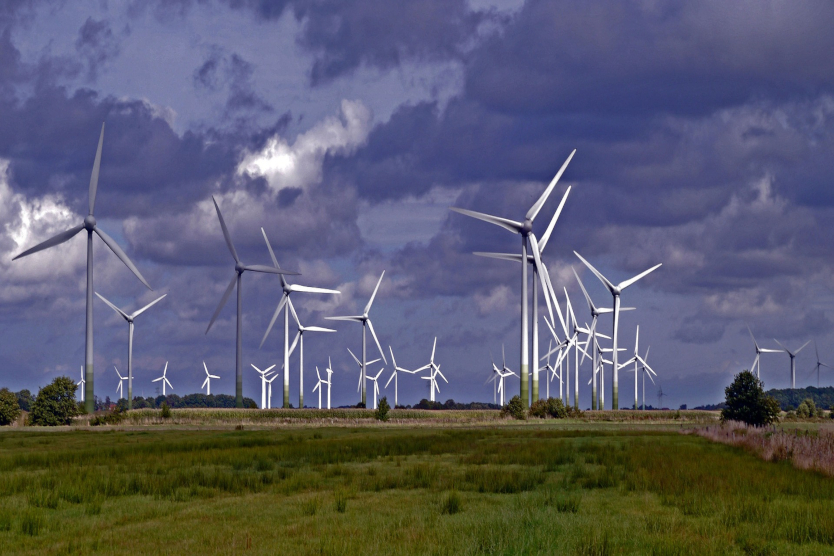
The Fraunhofer Institute for Wind Turbines has launched a research project to increase the grid capacity of future offshore wind turbines.
© pixabay
As Germany pushes ahead with the transformation of its energy supply, offshore wind turbines are getting bigger. The colossal GE Haliade-X – which stands in Rotterdam port at 260m high and has an output capacity of 12 MW – is a precedent of things to come. Consequently, the need for greater testing capacity of wind plants is increasing. The test rigs which are currently in use are simply not up to the job of assessing the compatibility of turbines with an output of over 15 MW for connection to the grid.
The research project ‘Mobil-Grid-CoP’ (Mobile Test Facility for Grid Compliance Testing) has now been launched by the Fraunhofer Institute for Wind Energy Systems (IWES) with the aim of setting up and commissioning a mobile grid simulator – which will be the world’s largest to date.
As a mobile test facility, the simulator will be able to test the electrical properties of wind turbines in the field – even very large ones with outputs of 20 MW – in parallel operation with the grid. The simulator will be designed so that tests can be carried out at different network connection points and can be used to simulate dynamic network events – such as frequency changes, faults, or even blackouts – on prototypes.
"[We are] developing the world's largest network simulator with a capacity of 80 MVA,” explains Prof. Jan Wenske, deputy institute director and technical director of Fraunhofer IWES to the journal IWR. “On the one hand, it can be seamlessly integrated into our existing test infrastructure at DyNaLab (Dynamic Nacelle Testing Laboratory), and on the other hand, it can also be used in the open field. It can also be connected to the planned hydrogen test field."
The project, which has been supported by The Federal Ministry of Economics and Energy (BMWi) to the tune of EUR 12.7 million, will run for three years, with commissioning planned for autumn 2022.


